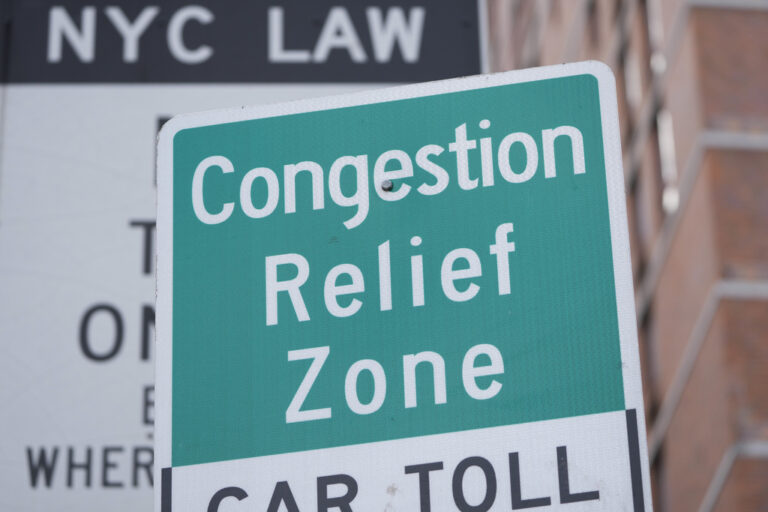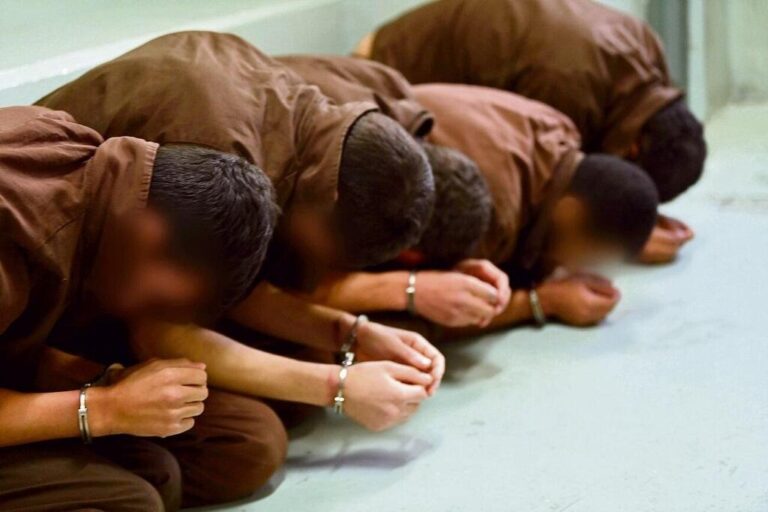 Target’s efforts to draw shoppers back into its stores are paying off.
Target’s efforts to draw shoppers back into its stores are paying off.
Take Annabel Bernardo, who once bought trendy clothes at Target but cut back after she felt it lost its fashion edge.
Now, Bernardo, who lives in Rockville Center, Maryland, is back: “The store is looking much better. It’s looking more upscale.”
That Target has had five consecutive quarters of increases in a key sales measure suggest there are more shoppers like Bernardo, who are returning to the discounter that pioneered the concept of putting affordable, chic fashions under the same roof as groceries and toiletries.
That’s good news for Target, which had setbacks in recent years, including a major debit and credit card hack that impacted sales for several months and a misstep that led it to focus on groceries instead of the cheap chic fashions its customers craved.
The sales improvements come as Target continues a turnaround plan it started after it hired CEO Brian Cornell in 2014. As part of the plan, Target got rid of its money-losing Canadian operations and revamped its management team.
But the key to luring shoppers back has been changes in stores. Target has been updating its fashion, baby products and home decor.
And the discounter has worked on presentation, too. Additionally, it’s hired experts for most of its 1,800 locations to refresh stores with the best merchandise.
At the same time Target upgrades its stores and merchandise, the chain says it’s keeping prices low. To ensure that, the chain says it’s better using its large scale to negotiate prices with suppliers. For instance, for basics like sheets and towels, Target offers longer-term commitments with manufacturers, ordering for two years instead of every quarter, a move that cuts costs.
Experts say it will be key for Target to distinguish itself from other discounters while not being perceived as too pricey for its middle-class shoppers. The median household income of Target’s customers is $67,500, about $20,000 more than Wal-Mart’s customers, according to Kantar Retail, a market research firm.
“It’s a tricky balancing act,” said Craig Johnson, president of retail consultancy Retail Growth Partners.
The changes come after Target wrestled with uneven growth since the Great Recession. After decades of gaining popularity with shoppers who like the idea of buying trendy clothes and home decor at a discounter that also carries soap and toothpaste, Target faced challenges when the recession made shoppers more frugal.
Target began expanding into groceries, which attracted shoppers. But because its focus wasn’t on fashions, the chain lost some shoppers because it was slow to jump on trends. Then, a security breach in 2013 that affected 40 million credit and debit cards hurt its image, sales and profits for months.
Target’s annual profit dropped 34 percent to $1.97 billion in its fiscal year that ended in January 2014, but increased 24 percent to $2.45 billion in its fiscal year that ended in January 2015. Total revenue slipped one percent during the year that covered the breach, and was roughly flat at $72.6 billion during fiscal year 2015.
The changes have helped boost sales at stores open at least a year, a key sales measure in the retail industry. In the third quarter, the latest data available, such sales in fashion, home, children and baby items increased more than 2.5 times the average 1.9 percent growth.
The focus on presentation has also paid off. Sales of clothing on mannequins at 1,400 of its stores were up 30 percent before the holidays. And home products with new displays in 262 stores are selling three or four times faster than the average for that area.
Target reports fiscal fourth-quarter results in February.
(AP)










